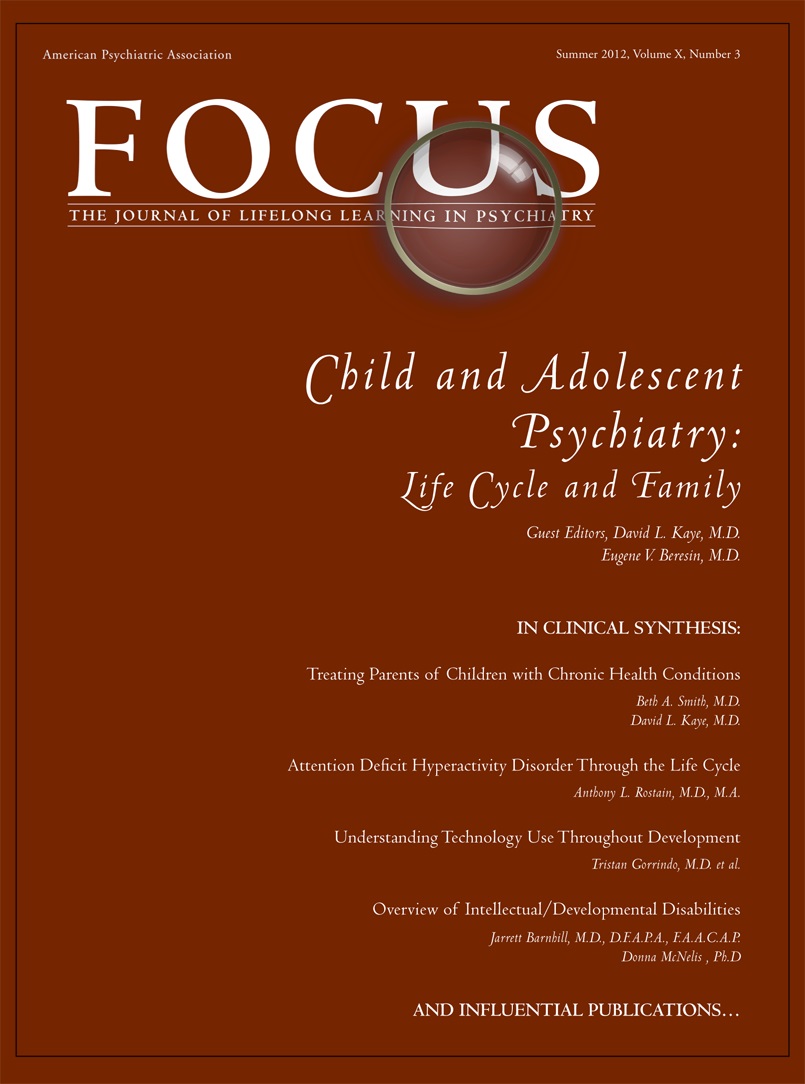Ethics Commentary
| Principles | Focus |
|---|---|
| Developmental Perspective | •. • Children and families evolve through stages of development •. • Physical, cognitive, social, and emotional aspects of development influence a child's ability to understand and make decisions •. • Chronological age and developmental status are not always the same |
| Promoting the Welfare of Children and Adolescents (Beneficence) | •. • The wellbeing, functioning, and development of youth as individuals, and as a group, should be optimized whenever appropriate •. • Societal, familial and other group pressures should not override the best interest of the child •. • Whenever possible, evidence-based methods of treatment should be used in care |
| Minimizing Harmful Effects (Nonmaleficence) | •. • Clinicians should avoid any practice that is harmful to, or may hinder, the optimal development of the patient •. • Efforts should be made to minimize harm to children as a group due to the action of others •. • Relationships with patients beyond professional interactions should be carefully considered and avoided when indicated or harmful •. • Any conflicts of interest or obligations to those other than patient should be readily disclosed |
| Assent and Consent (Autonomy) | •. • Respecting the rights of youth in medical decision making is key to establishing trust •. • For those under 18 years old, consent for treatment should be obtained from the guardian with assent from the minor however in some states certain treatments are available to minors without guardian consent •. • Additional attention should be paid when guardian and youth disagree about treatment decisions •. • When youth are involved in research protocols, the decision making will be more complex and informed assent and consent require additional measures |
| Confidentiality (Autonomy/ Fidelity) | •. • Limits of confidentiality and circumstances necessitating disclosures should be discussed in a developmentally appropriate manner with the patient and the guardian •. • Documented release of information to outside entities must occur with guardian consent and patient assent except in emergencies |
| Third Party Influence (Fidelity) | •. • A patient’s best interests supersede competing interests •. • Practitioners should contemplate how his/her role may be influenced by outside parties and monitor their professional interactions to support patient welfare |
| Research Activities | •. • While research to advance knowledge of child and adolescent psychiatry is important, the welfare of youth should never be compromised for research efforts •. • Risks of research must always be fully disclosed •. • When youth are involved in research protocols, they must always assent to participation and can rescind at anytime; the decision making will be more complex and will require additional measures •. • Researcher and organizational conflicts of interest must always be fully disclosed |
| Advocacy and Equity (Justice) | •. • Practitioners should strive to make access to mental health care available to all children and families in need •. • Risks of care or research should not be unjustly borne by excessively vulnerable youth |
| Professional Rewards | •. • Rewards may influence practitioner decision making and can impact youth and family welfare •. • Care should be taken to avoid negative influence of merits and rewards on practitioner judgment and action |
| Legal Considerations | •. • Local, state and federal laws impact the practice of child and adolescent psychiatry •. • Legal and ethical practice may be coincident or in conflict with each other, and practitioners should be aware of this complex and changing relationship •. • Laws outline minimally acceptable actions; ethics strive optimal planning and behavior |
Developmental perspective: principle I
Case vignette 1
Assent and consent (autonomy): principle IV
Case vignette 2
Confidentiality (autonomy/fidelity): principle V
Case vignette 3
Summary
Footnotes
References
Other Resources
Case Studies in Ethics: Childhood and Adolescence
References
Information & Authors
Information
Published In
History
Authors
Funding Information
Metrics & Citations
Metrics
Citations
Export Citations
If you have the appropriate software installed, you can download article citation data to the citation manager of your choice. Simply select your manager software from the list below and click Download.
For more information or tips please see 'Downloading to a citation manager' in the Help menu.
View Options
View options
PDF/EPUB
View PDF/EPUBGet Access
Login options
Already a subscriber? Access your subscription through your login credentials or your institution for full access to this article.
Personal login Institutional Login Open Athens loginNot a subscriber?
PsychiatryOnline subscription options offer access to the DSM-5-TR® library, books, journals, CME, and patient resources. This all-in-one virtual library provides psychiatrists and mental health professionals with key resources for diagnosis, treatment, research, and professional development.
Need more help? PsychiatryOnline Customer Service may be reached by emailing [email protected] or by calling 800-368-5777 (in the U.S.) or 703-907-7322 (outside the U.S.).

